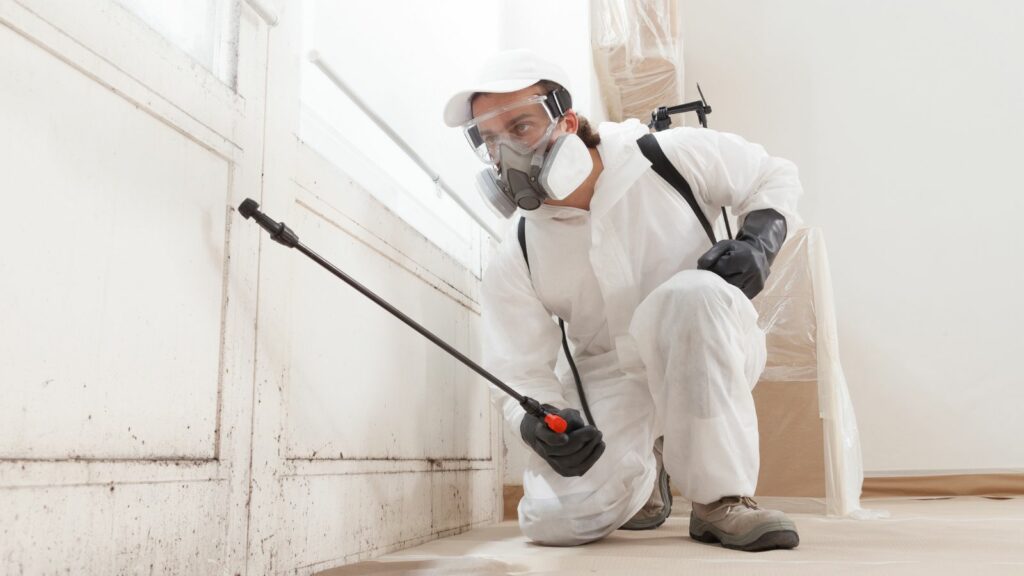For most of us, our home is our sanctuary, where we feel safe, comfortable and relaxed. But hidden beneath the surface, our home could be silently affecting our well-being. From invisible toxins to developing unhealthy habits, we look at 18 shocking secrets about our home that could be impacting us without even realizing:
Indoor Air Quality
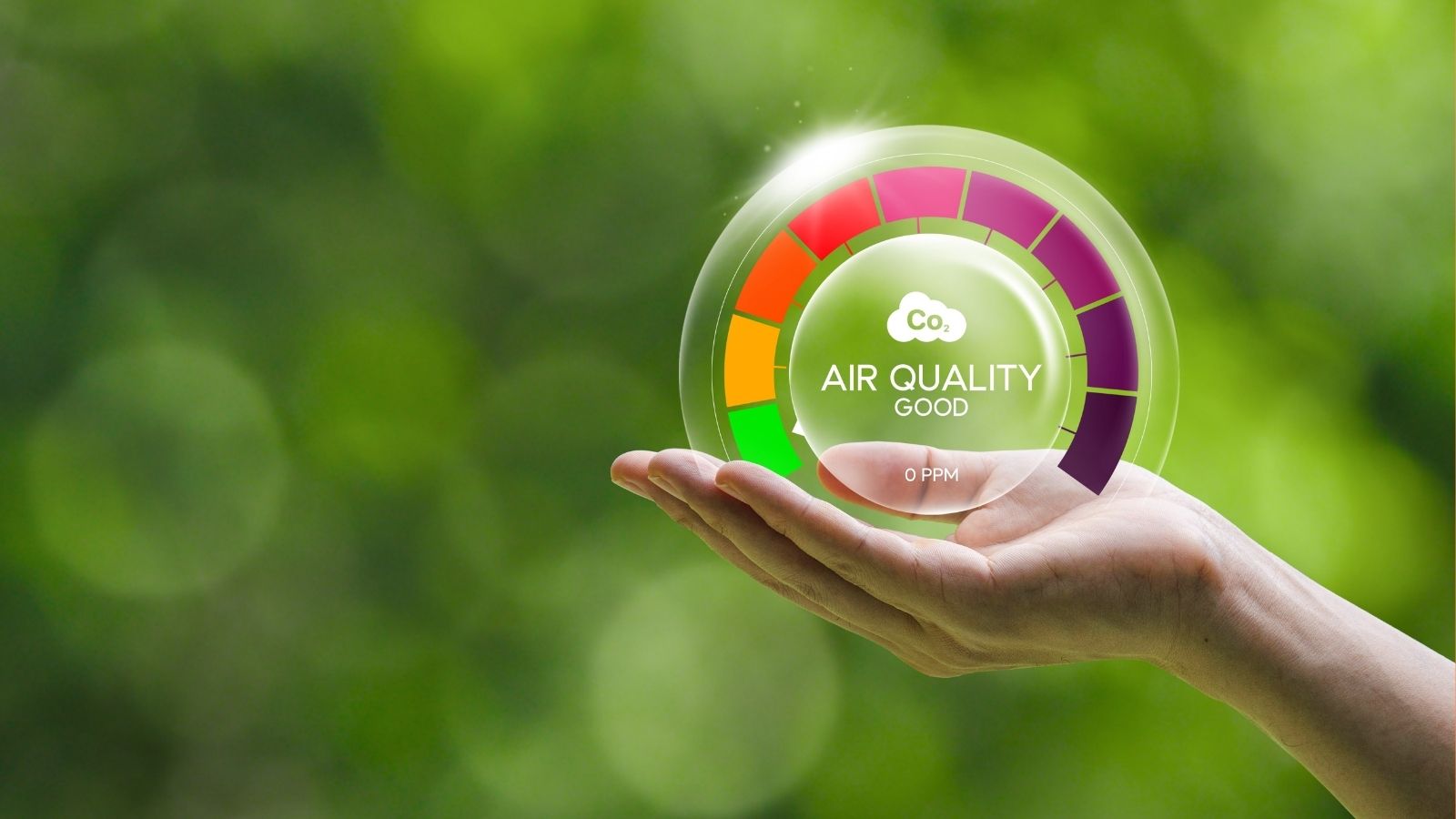
You might think staying inside protects you from pollution, but studies show indoor air can be two to five times more polluted than outdoor air. Dust, pet dander, mold and chemicals from cleaning products contribute to poor air quality, which can lead to allergies and respiratory problems, such as asthma.
Toxins in Your Furniture
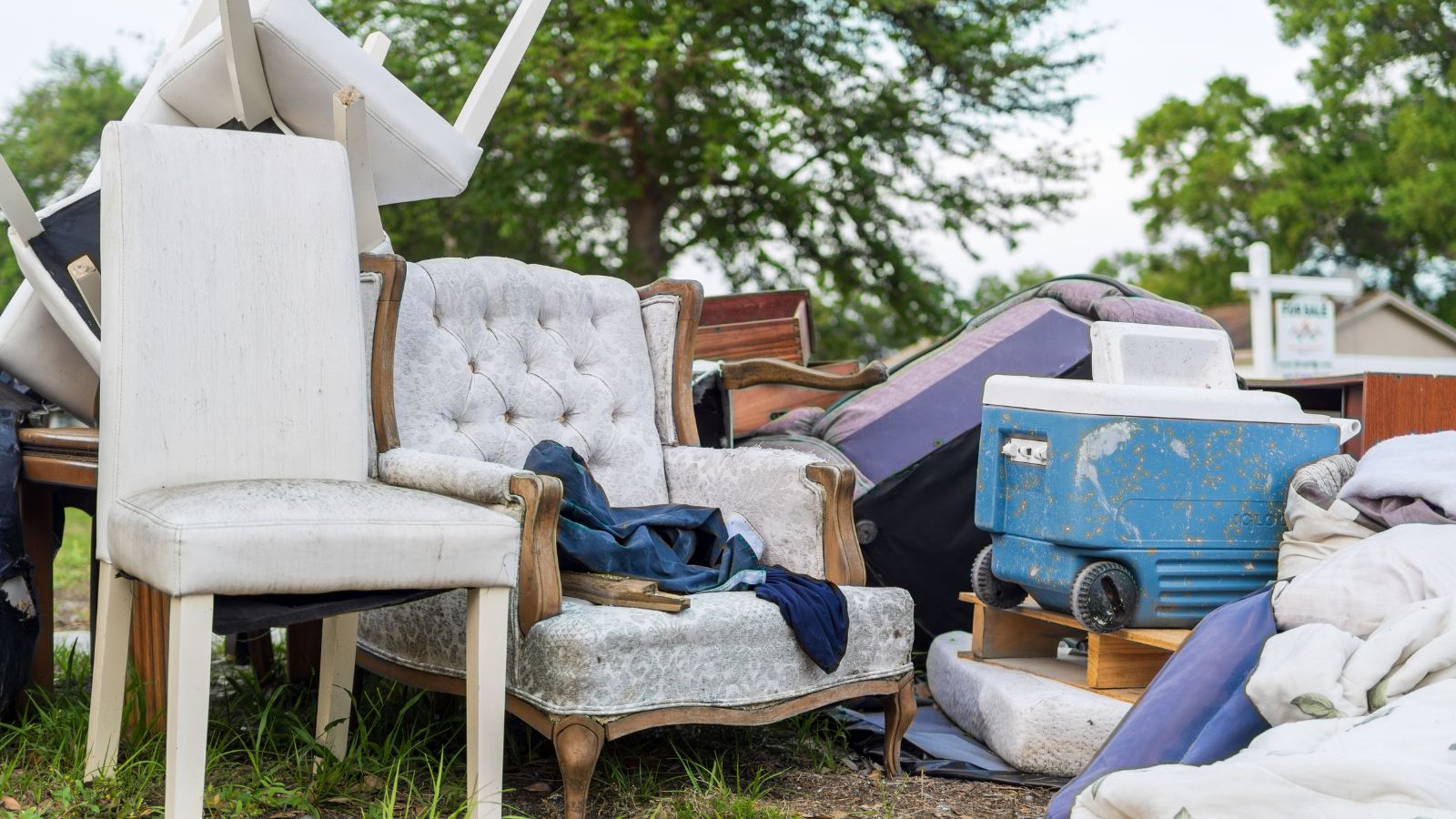
Many sofas, mattresses and chairs are treated with flame retardants that release toxins into the air over time. These chemicals have been linked to health issues, including hormone disruption and even cancer. To prevent these toxins, it’s safer to opt for natural or organic materials whenever possible.
Mold
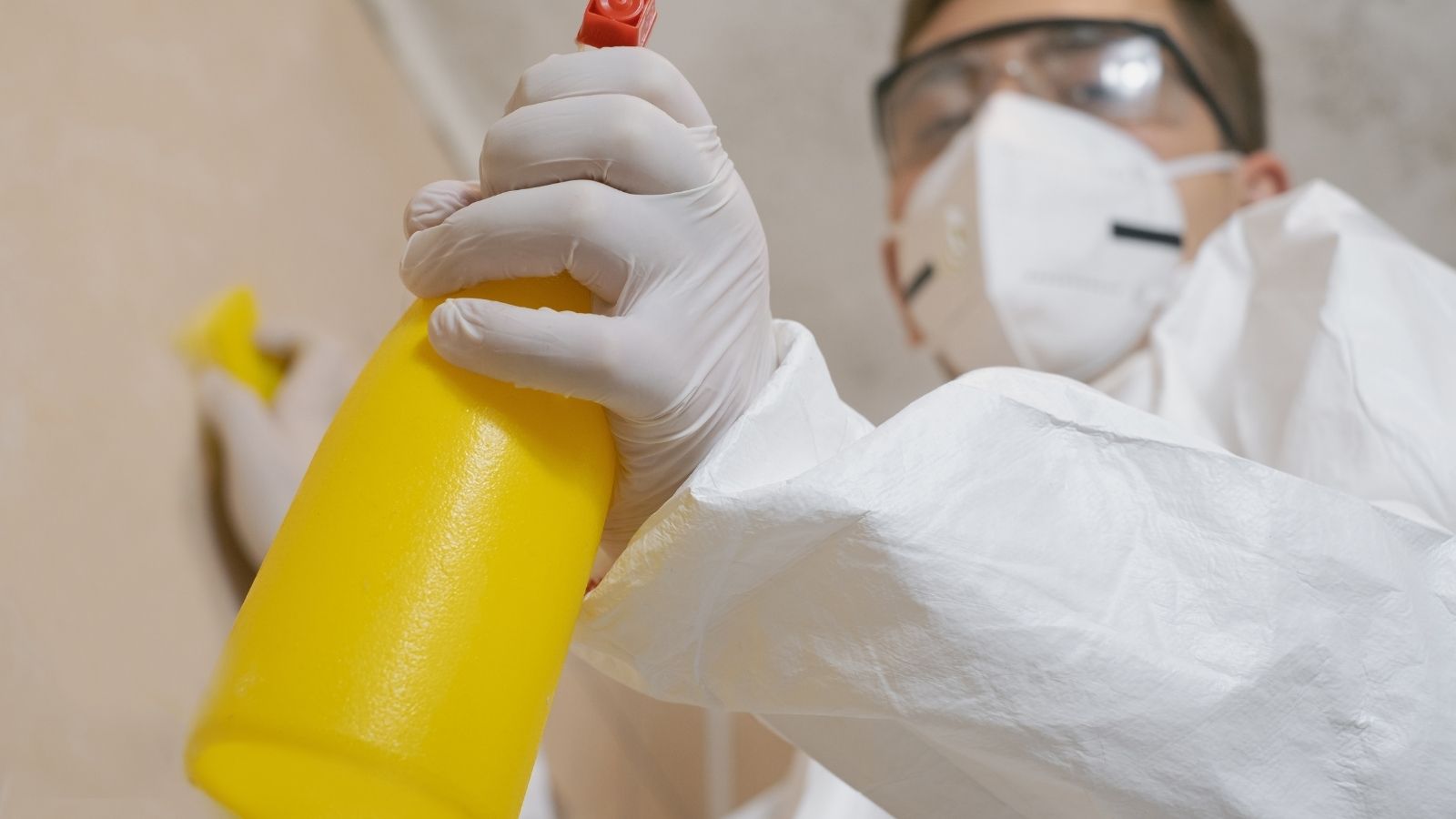
Even if you can’t see or smell mold, it could be lurking in your walls, carpets or under sinks. Mold can cause a range of health issues, from mild allergic reactions to serious respiratory problems. Regular inspections for leaks and moisture buildup can help prevent hidden mold growth and investing in a dehumidifier will help reduce moisture in damp homes.
Hidden Dust Mites
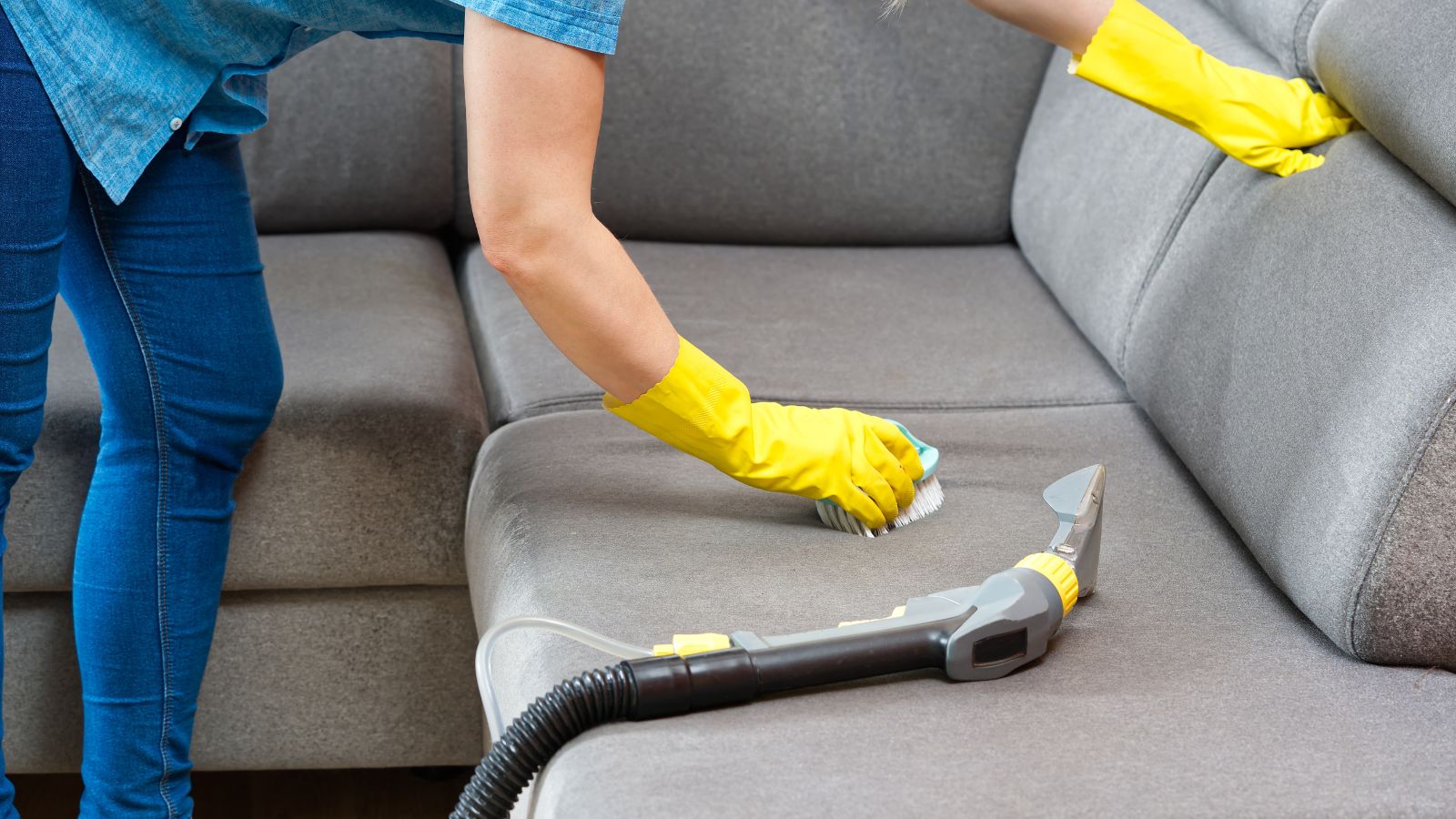
Your bedding can be a breeding ground for dust mites, microscopic creatures that thrive in warm, humid environments. These mites can trigger allergies and asthma. Washing sheets and pillowcases weekly in hot water can reduce their presence.
Old Carpets
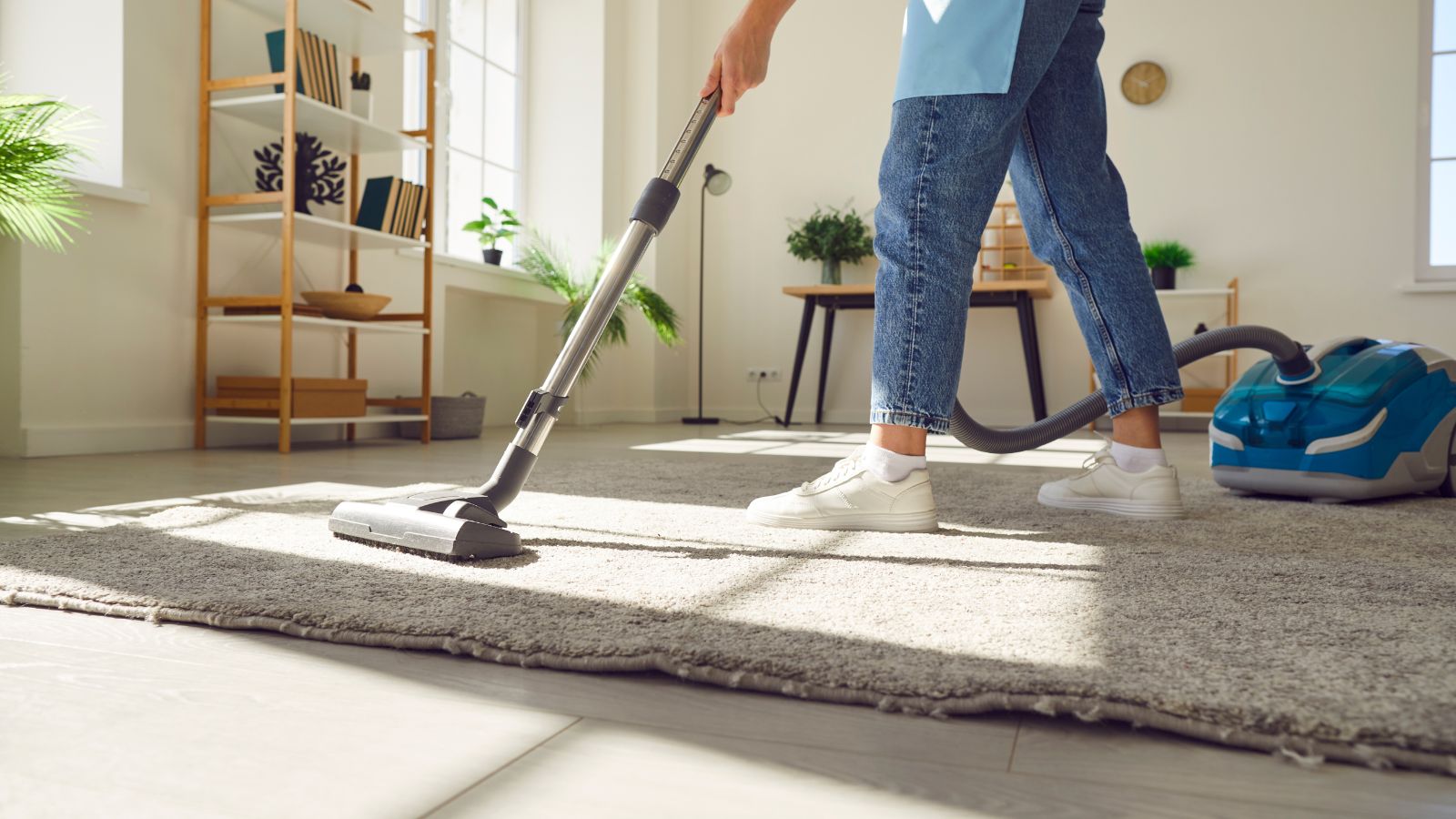
Old carpets can trap dust, allergens, and even harmful chemicals like formaldehyde from the glue used in installation. Over time, these pollutants can affect air quality and health. Replacing old carpets or switching to hardwood or tile flooring can significantly reduce allergens and toxins.
Synthetic Fragrances
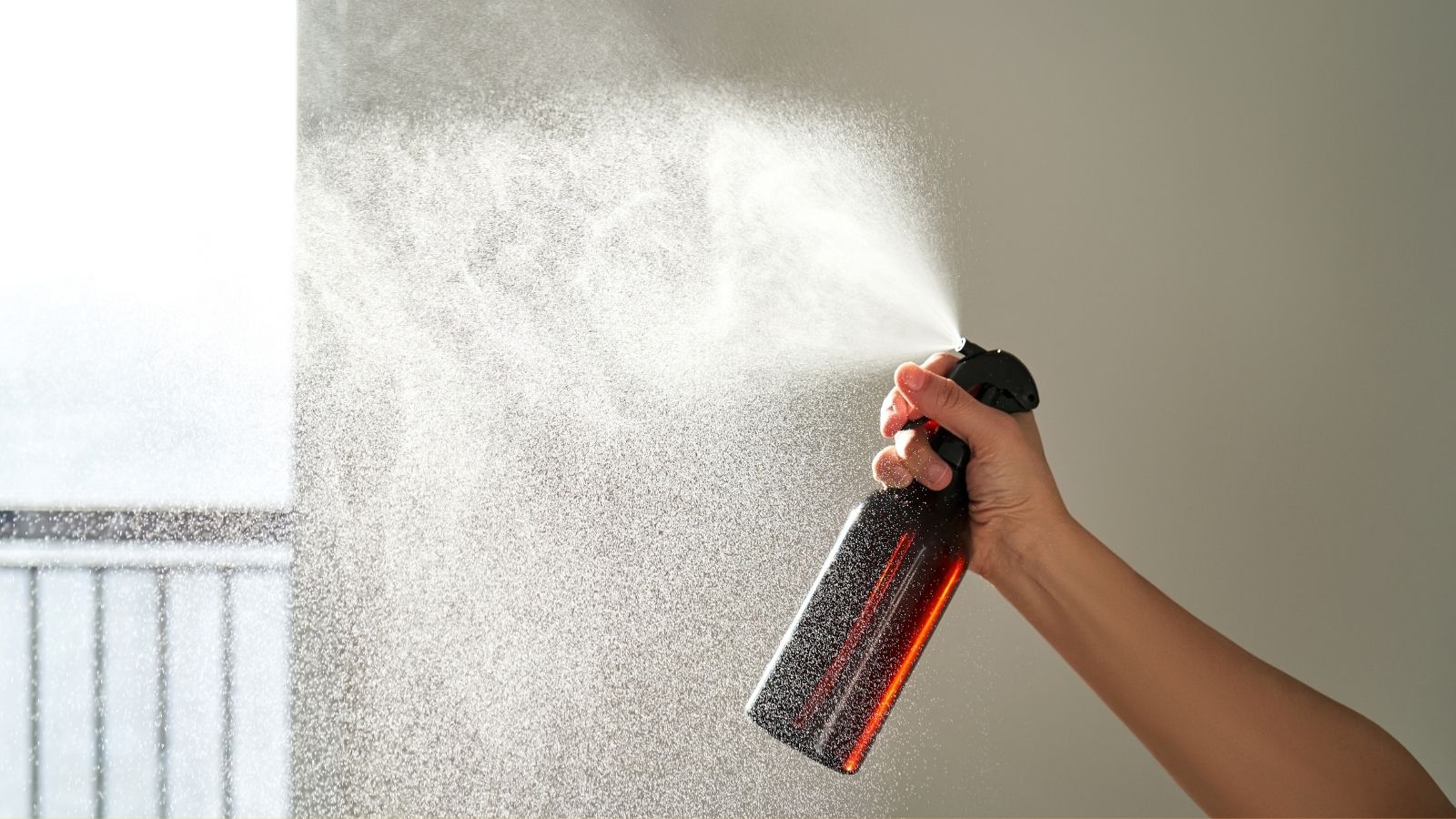
Many air fresheners, candles and cleaning products contain synthetic fragrances that release volatile organic compounds (VOCs) into the air. These chemicals can irritate the respiratory system and may lead to headaches or allergic reactions. Switching to natural, fragrance-free products can help improve your home’s air quality and reduce the chances of respiratory complaints.
Electromagnetic Fields (EMFs)

With the growing use of electronic devices, our homes are filled with electromagnetic fields (EMFs) from Wi-Fi routers, cell phones and other devices. Some research suggests that long-term exposure to EMFs could impact sleep and well-being, though studies are ongoing. Reducing device use at night or turning off Wi-Fi when not in use can help minimize exposure.
Contaminated Water

The tap water in your home may contain contaminants like lead, chlorine or even microplastics, depending on where you live. While your water might be safe according to public health standards, installing a high-quality water filter can provide peace of mind and further purify your drinking water.
Lack of Natural Light
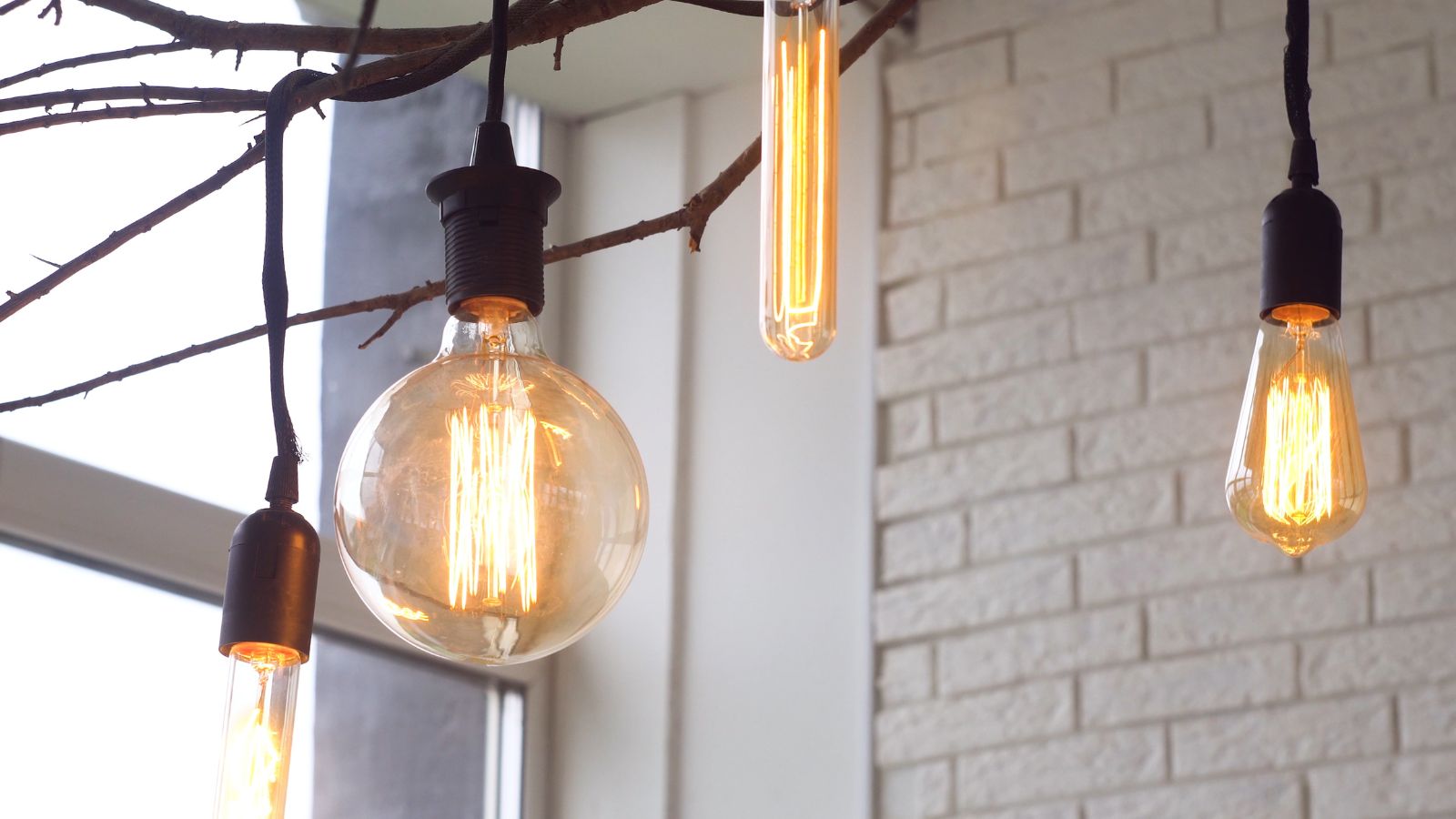
Natural light plays a crucial role in regulating your body’s circadian rhythms and mental health. A home that lacks natural light can lead to feelings of fatigue, depression and sleep problems. If your home doesn’t get much sunlight, consider adding mirrors to reflect light, or using daylight bulbs to mimic natural sunlight.
Chemical Cleaning Products
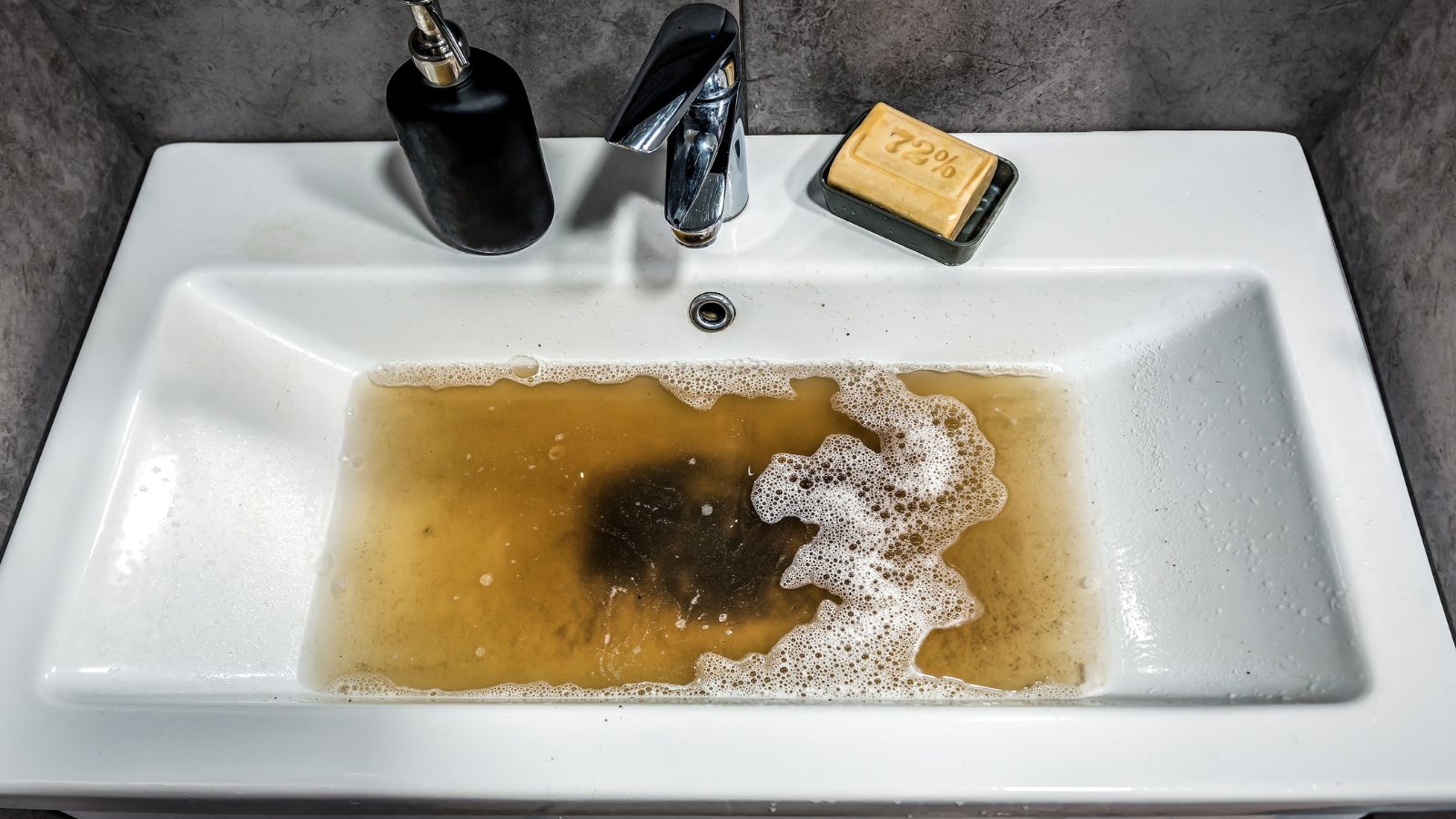
Many common household cleaners contain harsh chemicals that can irritate the skin, eyes, and respiratory system. Over time, regular exposure to these chemicals can contribute to long-term health issues. Opt for eco-friendly, non-toxic cleaning products made from natural ingredients like vinegar or baking soda.
Asbestos in Older Homes
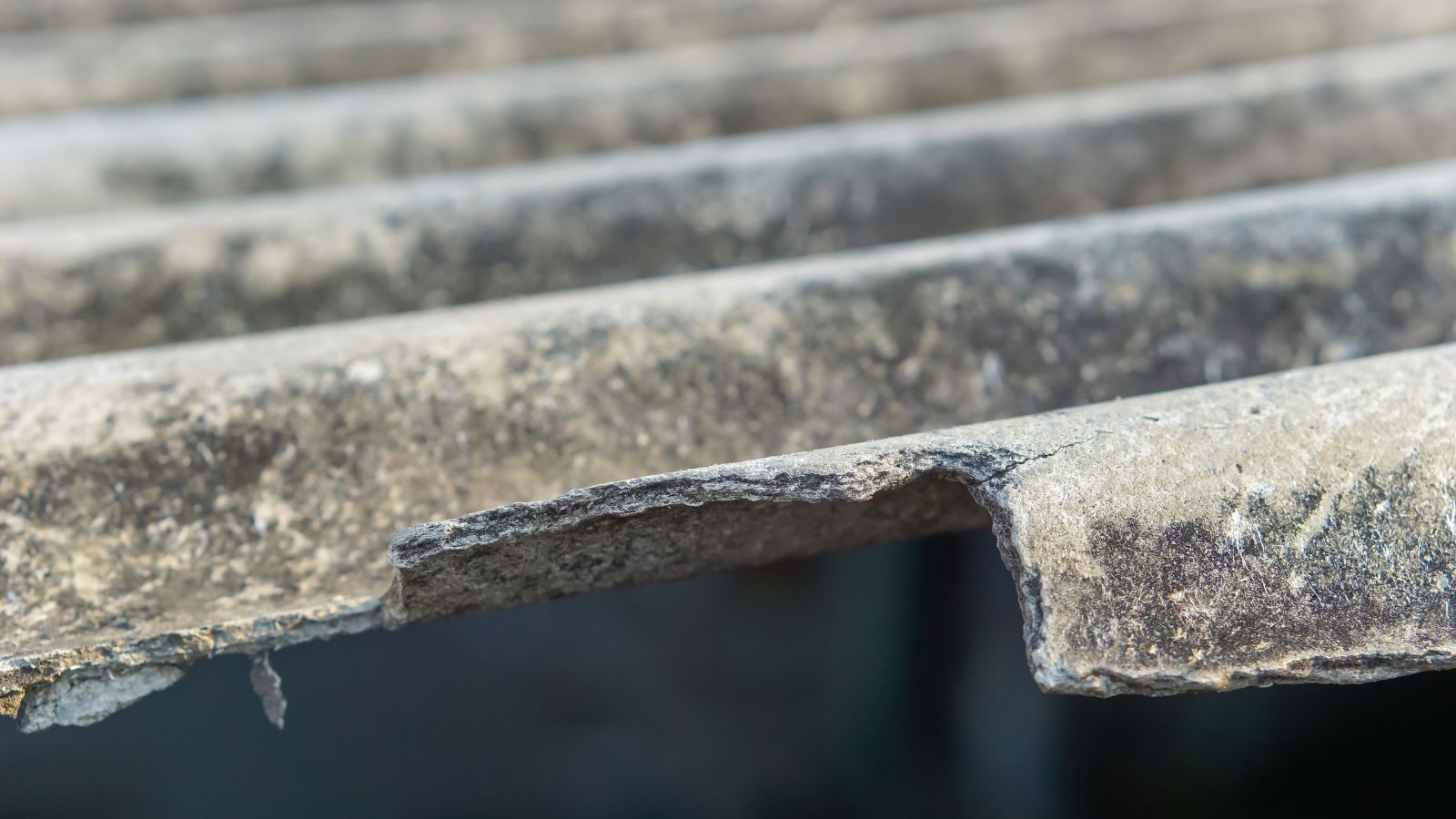
If your home was built before the 1980s, there may still be asbestos in the insulation, flooring, or roofing materials. Asbestos fibers, when disturbed, can become airborne and lead to lung diseases, including cancer. Professional testing is required to safely identify and remove asbestos from your home.
Clutter

Cluttered spaces can lead to feelings of stress, anxiety and overwhelm. A disorganized home can make it difficult to focus, relax and even sleep. Decluttering your living space and adopting a minimalist approach can improve your mental well-being and create a sense of calm.
Lead Paint Hazards
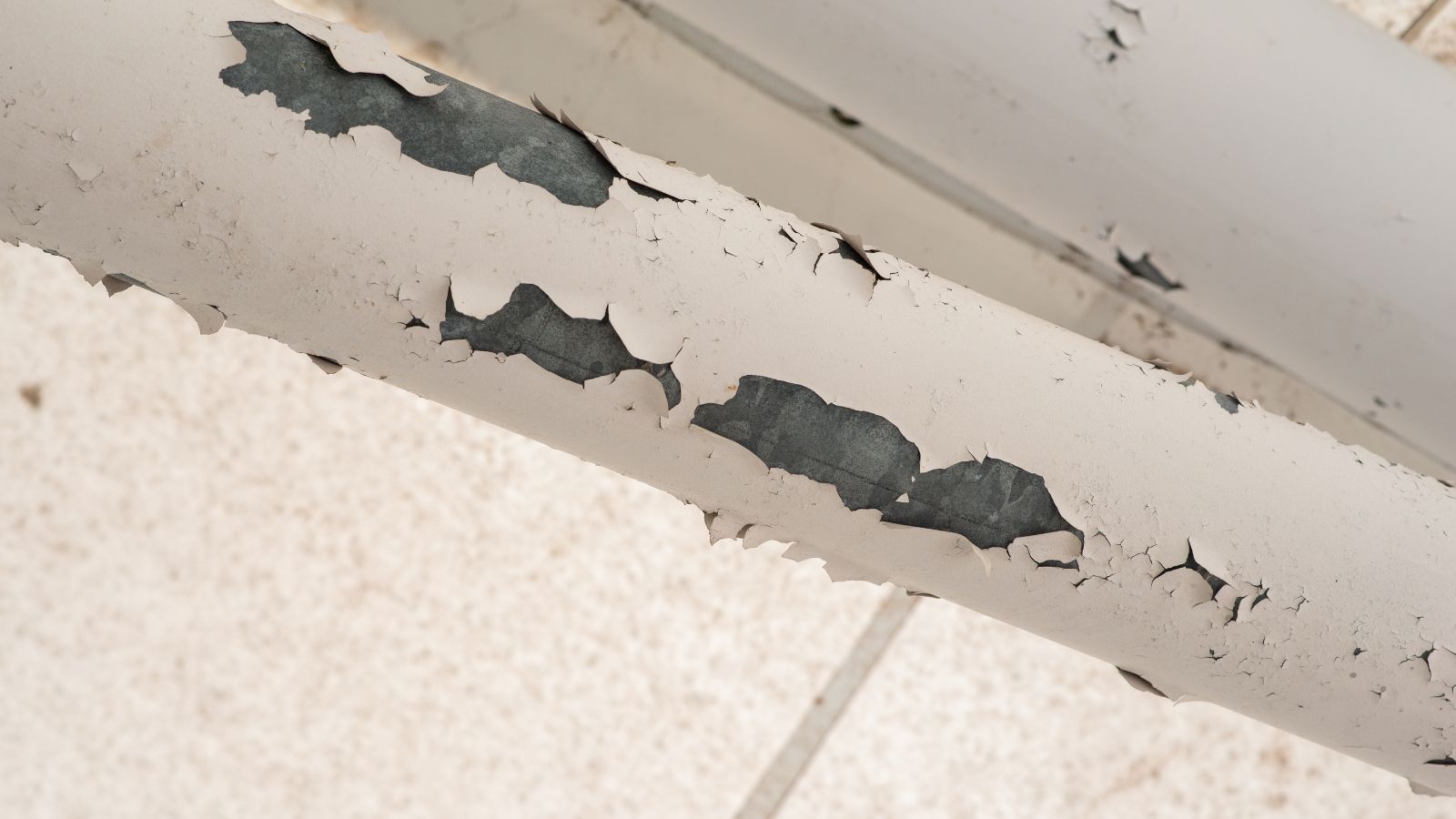
Many older homes still contain lead-based paint, which can deteriorate over time and release toxic dust. Lead exposure can affect brain development in children and cause other serious health issues. If you suspect your home has lead paint, consider professional removal or containment strategies.
Poor Ventilation
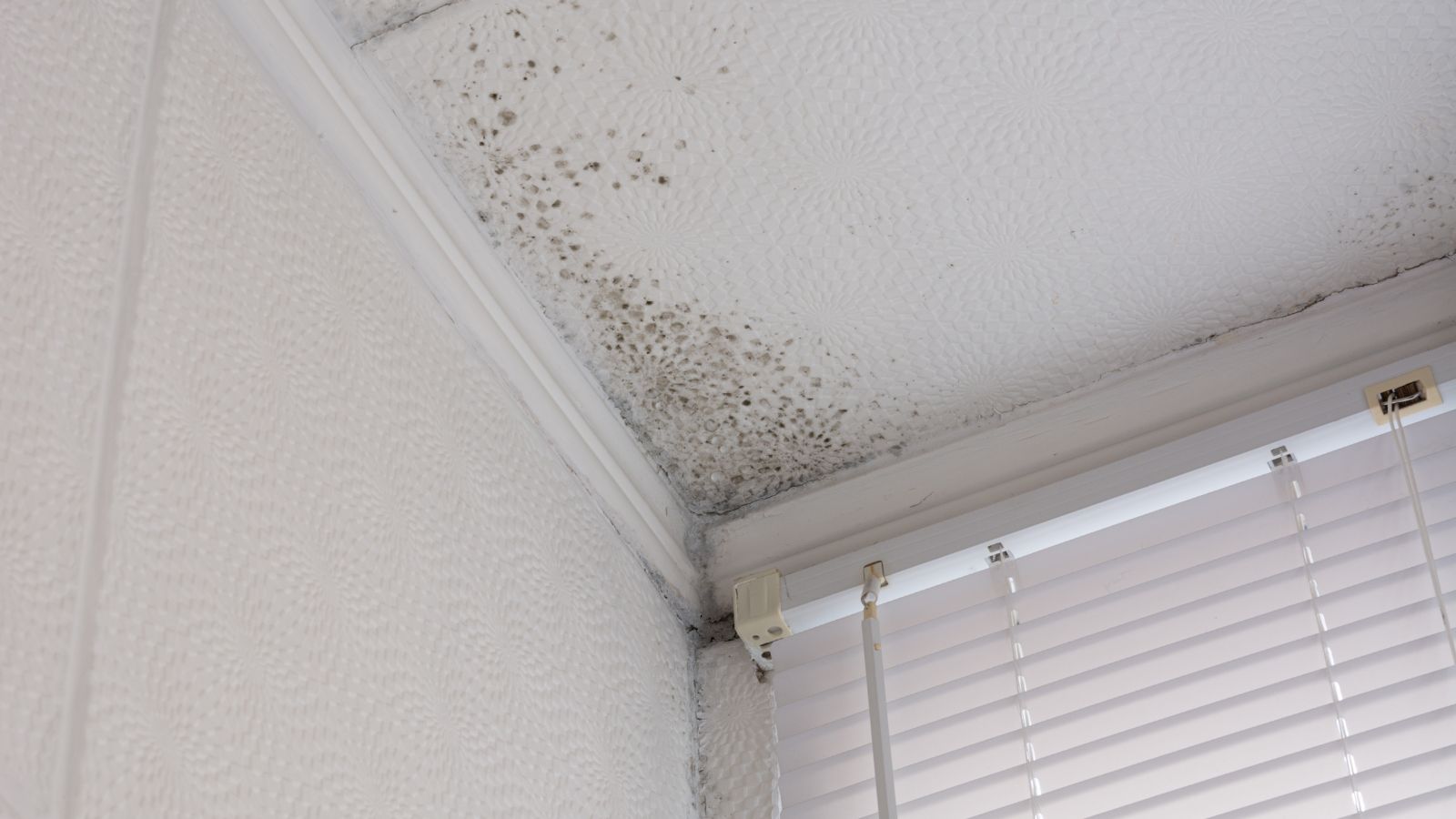
Poor ventilation in your home can trap pollutants, leading to higher concentrations of carbon dioxide and moisture, which can cause respiratory issues. Make sure to regularly air out your home by opening windows, using exhaust fans, and ensuring your HVAC system is properly maintained.
The Impact of Noise Pollution

Noise from traffic, neighbors, or appliances can have a bigger impact on your well-being than you might think. Chronic noise exposure has been linked to increased stress levels, poor sleep, and even heart problems. You should consider soundproofing rooms or using white noise machines to combat unwanted noise.
Non-Stick Cookware

Many non-stick pans are coated with chemicals like PFOA, which can release toxic fumes when heated at high temperatures. These fumes can be harmful if inhaled. Switching to stainless steel, cast iron or ceramic cookware can help reduce your exposure to these toxins.
Hidden Pesticides
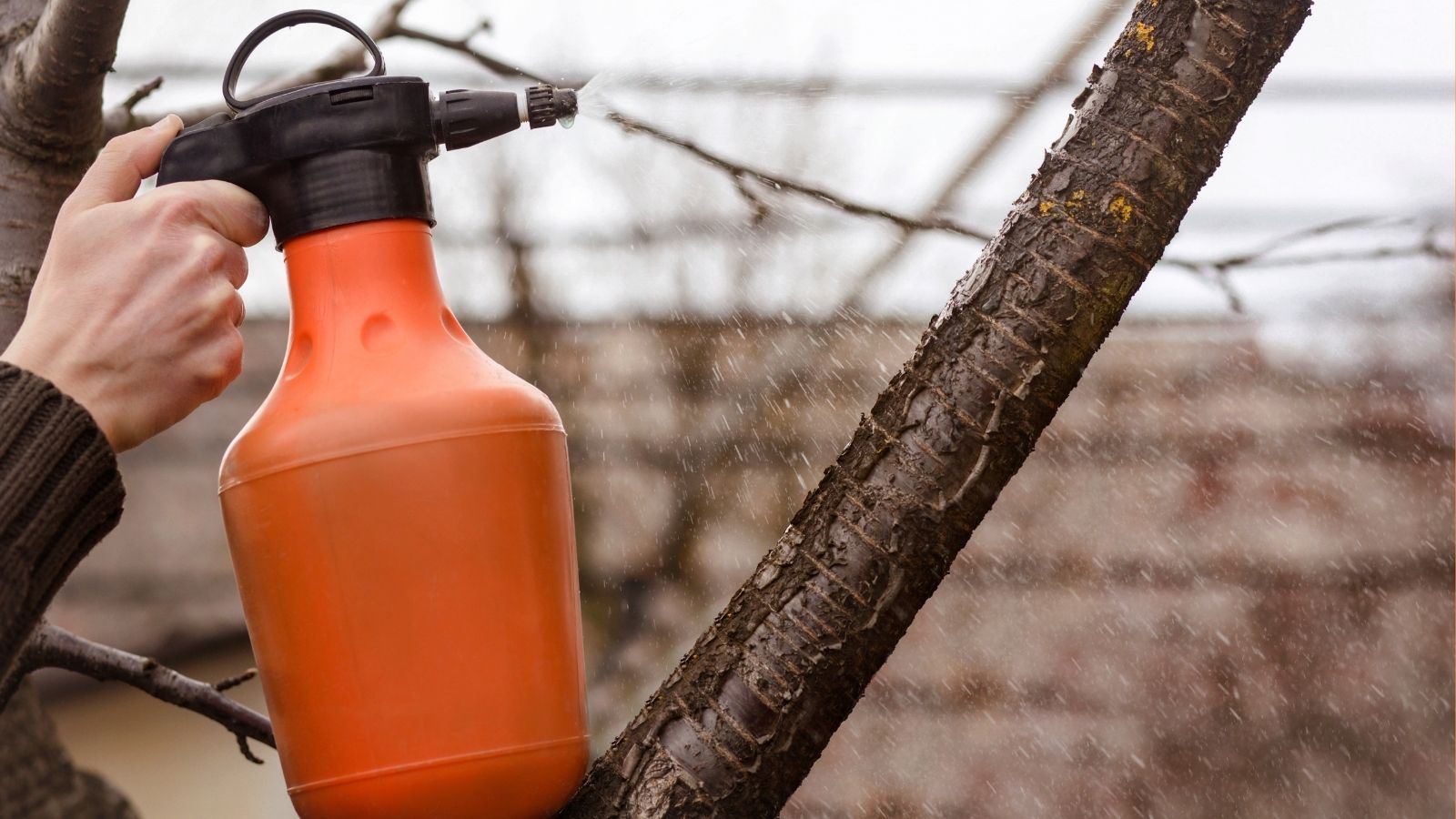
From insect repellents to certain upholstery treatments, pesticides can be hiding in everyday items around your home. These chemicals can accumulate over time, potentially causing skin irritation, respiratory problems and other health concerns. Choose organic or pesticide-free products when possible.
Carbon Monoxide

Carbon monoxide is an odorless, colorless gas that can be deadly if inhaled in high concentrations. Appliances like gas heaters, stoves,and water heaters can leak carbon monoxide into your home. Installing carbon monoxide detectors near bedrooms and in areas with gas appliances is essential to keep your family safe.
18 Reasons Why People Are Leaving Florida in Masses

Exploring factors that impact the desirability of living in Florida, this list delves into various challenges shaping residents’ experiences. From environmental concerns like rising sea levels to economic factors such as fluctuating job markets, these issues collectively contribute to a nuanced understanding of the state’s appeal.
18 Reasons Why People Are Leaving Florida in Masses
